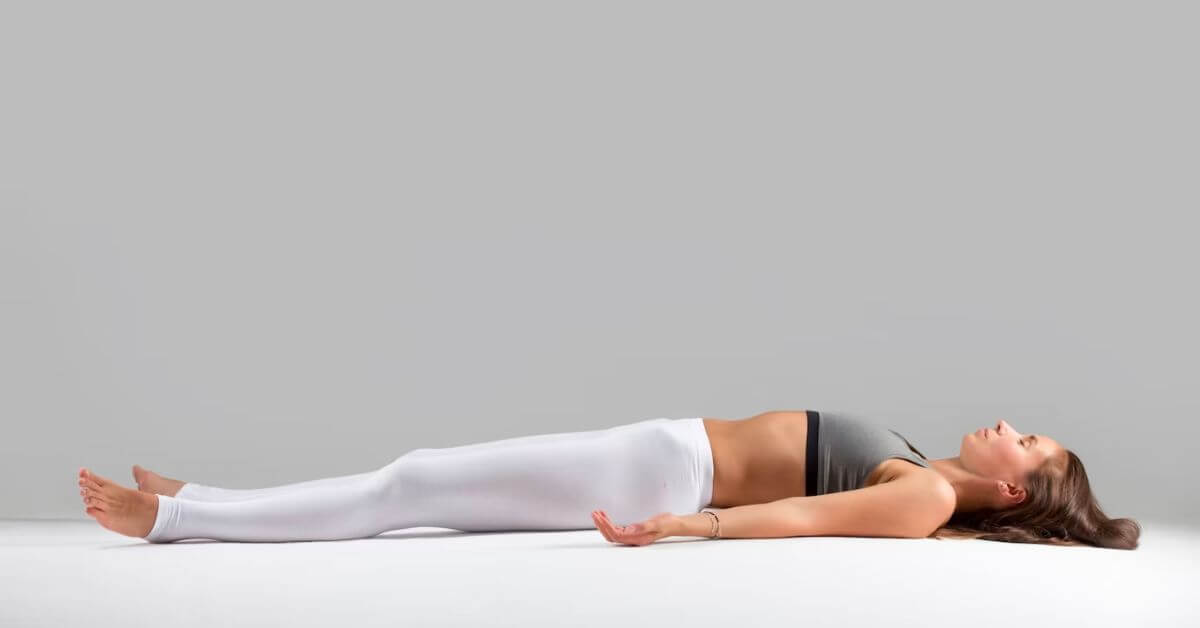Besides supporting the bladder, uterus, and intestines, pelvic floor muscles play a crucial role in supporting a lot of our organs. The bad news is, these muscles can get weaker over time due to things like pregnancy, childbirth, and gravity. But don’t worry, my friend, because I’ve got some great news to share! Thanks to its amazing benefits, yoga has proven to be a great way to strengthen and rebuild your pelvic floor muscles.
Understanding the Pelvic Floor Muscles
First things first, let’s get familiar with the pelvic floor muscles. You have a bunch of muscles and connective tissues down there. You’ll find the anus, vaginal opening, and urethral opening within this area, called the perineum. The muscles form a hammock-like structure for your abdominal organs. Even during pregnancy, these muscles provide support, resist pressure, and ensure continence when you cough, sneeze, laugh, or lift heavy things.

The Perils of Weak Pelvic Floor Muscles
Having weak pelvic floor muscles can lead to organ prolapse. Inadequate pelvic floor muscles can cause the bladder, uterus, and intestines to fall from their normal positions. It’s essential for our overall well-being to have a strong and supportive pelvic floor. Weak muscles can cause discomfort and have a big impact on our quality of life, sometimes even requiring surgery.
Yoga: A Holistic Approach to Pelvic Floor Strengthening
It’s here that yoga comes in! Yoga not only targets the pelvic floor muscles, but also other muscles associated with them to strengthen them holistically. Postpartum yoga, in particular, proves to be highly beneficial as it helps restore the body’s strength and flexibility after giving birth. So let’s take a look at how yoga can help boost your pelvic floor:

Conscious Muscle Engagement
In yoga, the pelvic floor muscles are consciously contracted and released, and these exercises can be done in various positions like sitting, lying down, and standing.
Strengthening Surrounding Muscles
Besides toning your lower back, buttocks, and hips, yoga poses like warrior poses, lunges, and squats help strengthen your pelvic floor muscles as well. Your pelvic floor will be more stable if you work on these areas.
Core Strengthening
In order to maintain a good posture and support your spine, you need a strong core. Plank poses, boat poses, and bridge poses work the abdominal muscles, restoring their tone and flexibility. Your pelvic floor gets stronger when your core is strong.

Relaxation and Release
A tight neck and back can cause pelvic floor strain. Fortunately, yoga promotes relaxation and reduces tension along the spine. By relieving this tension, your pelvic floor muscles can relax and function better.
Sphincter Contraction Exercise
Here’s a simple exercise you can do anywhere! It’s called sphincter contraction. You just exhale and contract your lower sphincters, including your anus and vaginal opening, then you relax them as you inhale. You can strengthen your pelvic floor muscles by practicing this exercise regularly.

Pelvic Tilts
A pelvic tilt is another great yoga exercise to keep your pelvic floor strong. Here’s how you do it: Bend your knees and keep your feet hip-width apart. As you exhale, roll your pelvis upward, pressing your lower back into the floor. You can strengthen your pelvic floor and tone your lower back with this easy exercise.
For an extra challenge, add head and neck movements to the pelvic tilts. Lift your head toward your knees during exhalation and roll your pelvis toward your face while clasping your fingers behind your head. Afterwards, as you return to the floor and release your pelvis, breathe deeply.
Bonus Tip: Spinal Release – Wind-Relieving Pose
Lie on your back with your knees bent toward your chest and your arms open to enhance flexibility and release tension along your spine. In order to improve your flexibility and release any built-up tension along your spine, you need to slowly lower both knees to the right side for about 30 seconds to a minute. Repeat the movement on the left side.

The strength and integrity of your pelvic floor can be restored through yoga by incorporating specific exercises, engaging surrounding muscles, and practicing relaxation techniques.





Thanks a lot very much for the high quality and results-oriented help. I won’t think twice to endorse your blog post to anybody who wants and needs support about this area.